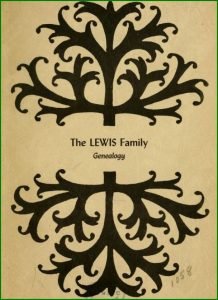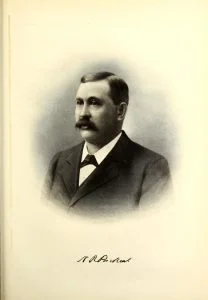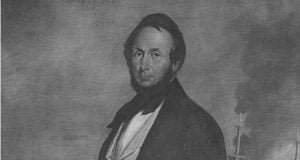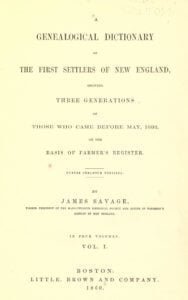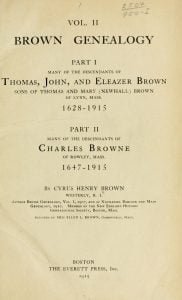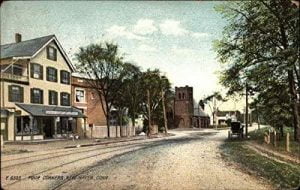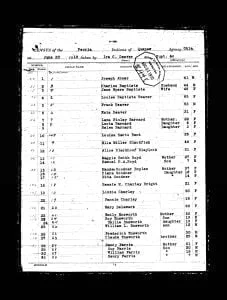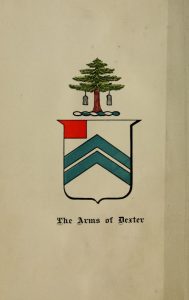Biographical Sketch of John M. Tucker
The subject of this sketch was born January 1, 1857, in Johnson County, Kansas, the son of Charles Tucker, who came to this country November, 1871, with the Shawnees, who obtained a right in the Cherokee Nation through a treaty entered into at Washington in 1869, which provided for such right and title in consideration of the money accruing from the sale of Shawnee lands in Kansas, and other considerations, to be paid over to the Cherokees. John attended school at Contention Schoolhouse, Delaware district, and in 1878 went to the national Male Seminary for one year, after which he … Read more


